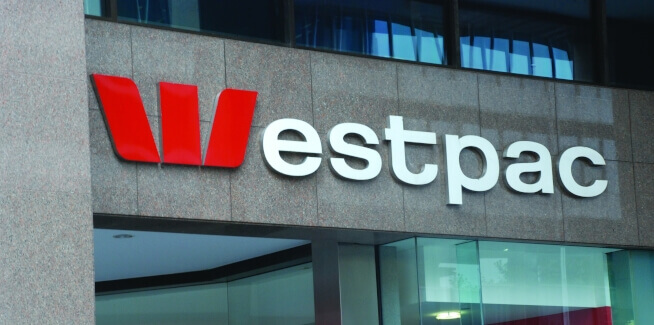Westpac chief economist Bill Evans has revised his residential property price projections amid signs of stronger than expected economic recovery.
Mr Evans has initially forecast a 10 per cent decline in national home values over the period between April 2020 and June 2021.
However, Mr Evans is now anticipating a peak-to-trough decline of 5 per cent, with several capital cities, including Sydney, proving “more resilient” to the economic fallout from the COVID-19 crisis.
However, Mr Evans continues to forecast a steeper downturn in home values in Melbourne (12 per cent), which continues to grapple with lockdown measures.
Based on Mr Evans’ new projects, national home values are now expected to fall by just 2.3 per cent in the coming months – having already fallen by 2.7 per cent – before stabilising in June 2021.
Moreover, Mr Evans and senior economist Matthew Hassan have forecast a sharp, V-shaped recovery in property prices in the second half of 2021.
The economists have projected a 15 per cent surge in national home prices in the years to mid-2023, representing annual increases of 7.5 per cent.
Brisbane and Perth are expected to lead the resurgence, with increases of 20 per cent and 18 per cent, respectively.
According to the Westpac economists, the recovery would be underpinned by record-low mortgage rates, which are likely to be “even lower than current levels”.
Mr Evans noted that the recovery would also be supported by ongoing support from regulators, substantially improved affordability, sustained fiscal support and a strengthening economic recovery, particularly following the introduction of a COVID-19 vaccine.
However, the recovery is expected to be divided into four phases.
According to the economists, the first phase has “now largely passed”, with prices declining in response to the initial COVID shock.
This is expected to be followed by a period of stabilisation in the December and March quarters, amid further reductions to mortgage rates and a broader improvement in economic sentiment.
The third phase of the cycle would then expect to feature “some limited resumption of downward pressure on prices” in response to an “increase in distressed sales” following the expiry of loan repayment holidays.
But, according to Mr Evans, this would be followed by price growth “once this selling pressure has worked through the system”.
“Readers might see that estimate as optimistic, but there are some risks to the upside,” Mr Evans conceded.
“Including the 5 per cent fall we expect out to mid–2021, this would see a cumulative increase in prices of 10 per cent from pre-COVID highs over a three-year period where interest rates and credit supply are likely to be at maximum levels of stimulus.
“Those upside risks are based on the psychology of markets. If participants are convinced about our views on the likely favourable conditions in the fourth stage of the cycle, they may choose to boost demand earlier than we currently expect providing an even more robust defence against the headwinds we envisage in stages 2 and 3.”
[Related: Investors undeterred by property price projections]
 ;
;
